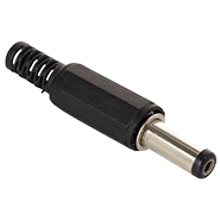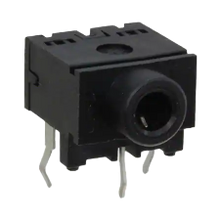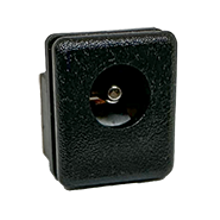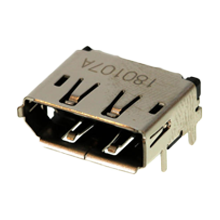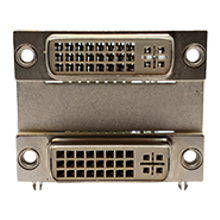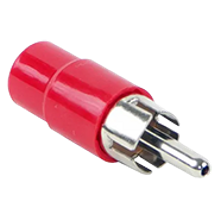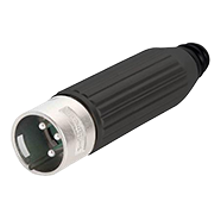Audio and Video
Audio and video connectors are used to transmit audio and video signals from one device to another. They come in various types and formats, each designed for specific applications and devices.
General Information
Audio connectors come in various types and are used to transmit sound signals between devices.
- 3.5mm Jack: Also known as a mini-jack or headphone jack, it's widely used for portable audio devices.
- RCA Connectors: Often used for stereo audio as well as composite video connections.
- XLR Connectors: Commonly used in professional audio applications for balanced audio signals.
- Quarter-inch Jack: Similar to the 3.5mm jack but larger, it's used for musical instruments and professional audio.
There are several types of video connectors, each designed for specific video formats and resolutions.
- HDMI (High-Definition Multimedia Interface): Supports high-definition video and audio. There are different types of HDMI cables, such as standard, high speed (with or without Ethernet), and ultra high speed. The type you need depends on your devices and the quality of the video you want to transmit. HDMI 2.0 supports 4K video at 60Hz, while HDMI 2.1 supports 8K video and other advanced features.
- D-Sub (D-Subminiature): Commonly used for computer serial and parallel ports, video connections, and game controller ports. They have a distinctive D-shaped metal shield that provides mechanical support and ensures correct orientation when connecting. The most common contact configurations are D-Sub 9 Pin, D-Sub 15 Pin, D-Sub 25 Pin, D-Sub 37 Pin, and D-Sub 50 Pin.
- DisplayPort: Primarily used to connect a video source to a display device, such as a computer monitor, though it can also carry audio, USB, and other forms of data.
- VGA (Video Graphics Array): An older type of connector that carries analog video signals. It's commonly used for connecting monitors and projectors to computers.
- DVI (Digital Visual Interface): Designed to transmit uncompressed digital video. There are different versions of DVI, including DVI-A (analog signal), DVI-D (digital signal), and DVI-I (integrated analog and digital).
